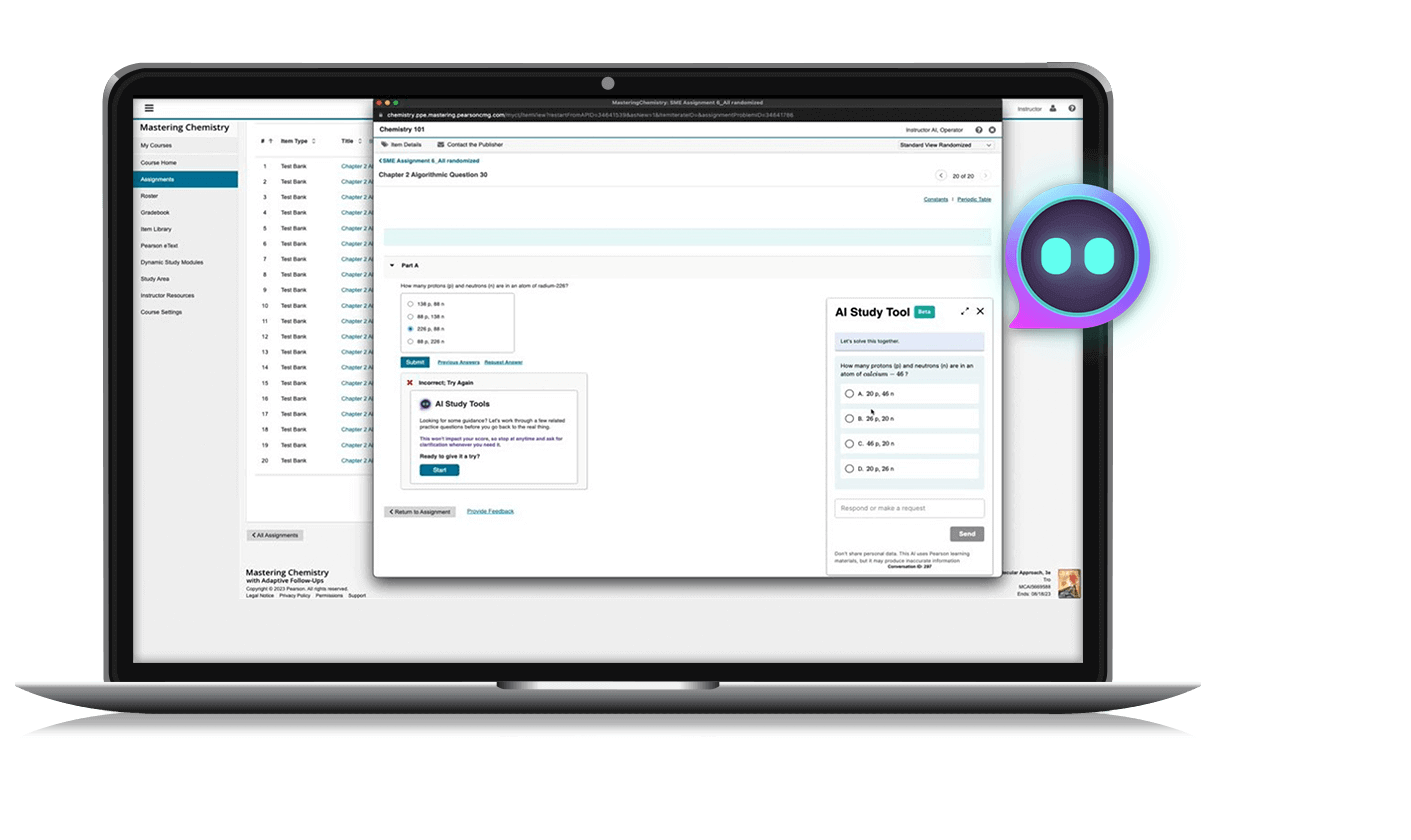Growing students beyond the classroom
Give students a strong start — from learning to read to preparing for college.

COLLEGE & CAREER READINESS
Prepare students for what’s next
Provide learning materials for career and college readiness.

CONNECTIONS ACADEMY
Get online courses for all grades
Access flexible, tuition-free online learning for every grade.

K-12 ONLINE SCHOOLS
Offer localized online education
Share customized learning solutions at the district level.

ACADEMIC SUPPORT
Explore our curriculum options
Harness the power of eLearning to boost success.
From dual enrollment to doctorate
Donald never imagined that earning nine dual enrollment credits in high school would ultimately lead him to a doctorate degree. The path was a windy one, but he now works in the education field as a career and technical education trainer — a program like the one that launched Donald’s lifetime of learning.
Explore options
At 18, college wasn’t for Donald, but dual enrollment credits earned in high school gave him skills to pursue a trade.
Go farther
Later, Donald decided to enroll in college, and his dual enrollment credits saved him time and money.
Lead the way
Donald completed master’s and doctorate degrees. Now, he champions career and technical education for students like him.


